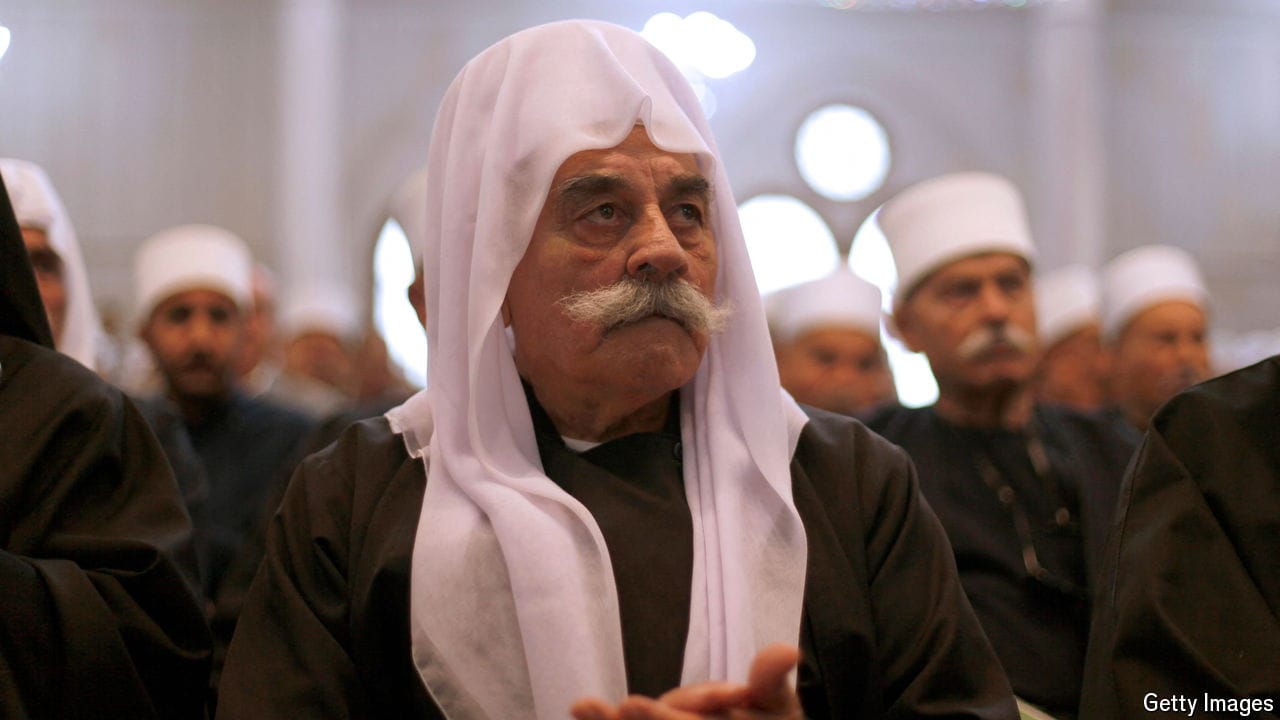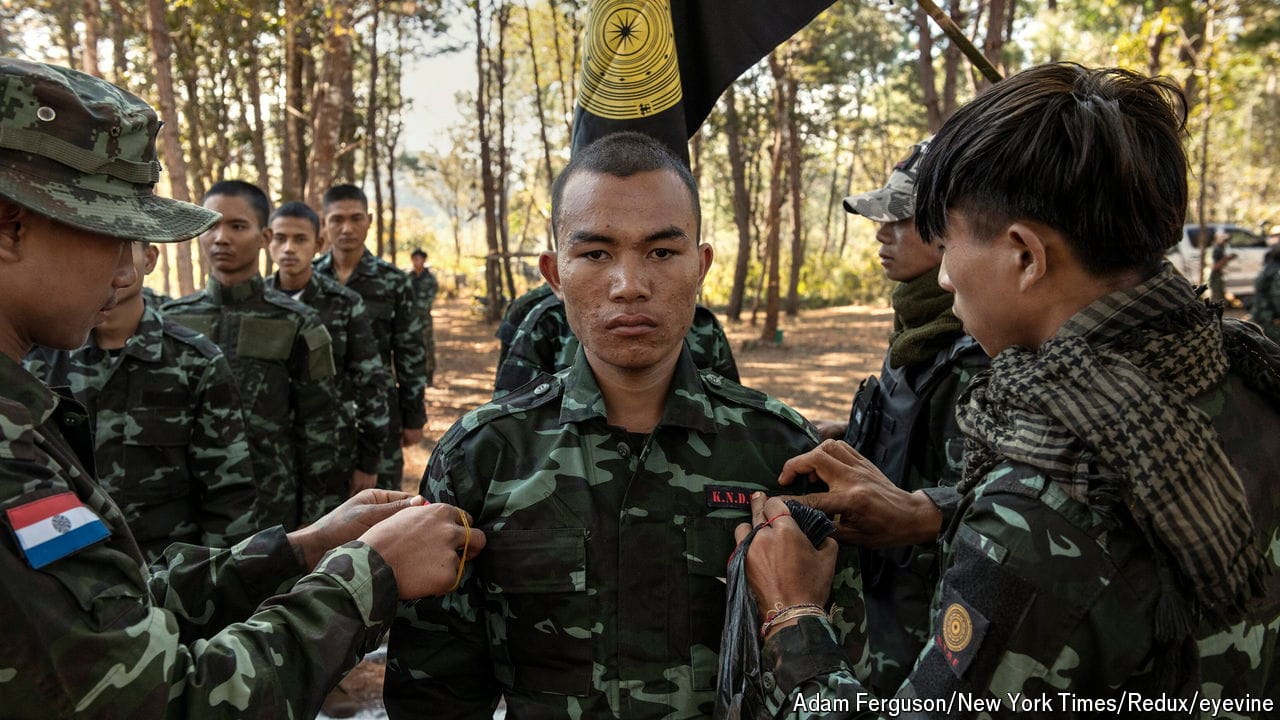Why Z is for Putin
The last letter of the Latin alphabet has become the symbol of support for Russia’s war in Ukraine

IN CYRILLIC, THE letter “Z” is written “З”. But since Vladimir Putin launched his latest invasion of Ukraine on February 24th, the Latin form has proliferated inside Russia. Just days after the invasion, Maria Butina, a Russian spy-turned-politician, filmed a video of herself drawing Z on her coat. “Keep it up, brothers,” she declared. “We’re with you forever.” The governor of Kemerovo, a coal-mining region in Siberia unofficially called “Kuzbass” (“Кузбасс”’ in Cyrillic), decreed that its name would henceforth be rendered in a Cyrillic-Latin mix as “КуZбасс”. Ivan Kuliak, a Russian gymnast, plastered a Z on his uniform when he took the podium beside a Ukrainian competitor at the Gymnastics World Cup in Qatar on March 5th, causing the International Gymnastics Federation to start disciplinary proceedings against him. Why has the letter Z become a symbol of support for Vladimir Putin’s war?
As Russian forces assembled along Ukraine’s borders early this year, sharp-eyed observers of open-source intelligence noticed curious characters painted on the side of Russian tanks. Among them were the letter V, the letter Z inside a box, and a plain letter Z itself. The mysterious runes generated myriad theories: perhaps Z was shorthand for “zapad”, which means “west” in Russian (the direction Russian forces would be marching); maybe it indicated the Kremlin’s desire to take out Ukraine’s president, Volodymyr Zelensky. Military analysts instead reckon that the letters correspond to particular parts of the Russian forces involved in the invasion. With more than 100 battalion tactical groups of between 600 and 1,000 troops from as far away as the Russian Far East operating in Ukraine, such markings may help to distinguish between them and their foes on the battlefield.
More from The Economist explains

Who are the Druze, the victims of a deadly strike on Israel?
The religious minority has often been caught up in regional crossfire in the Middle East

Myanmar’s rapidly changing civil war, in maps and charts
Ethnic militias and pro-democracy groups are scoring victories against the governing junta

Who will be Kamala Harris’s running-mate?
She is reportedly vetting a dozen options. These are the top three
Why have so few American presidents been from the West?
Kamala Harris’s nomination would be a milestone for the region
Why the Olympics still has a doping problem
Cheating with drugs has again become an organised affair
Why some Russian athletes will be eligible to compete at the Paris Olympics
Despite antipathy between the Russian government and the International Olympic Committee a handful will compete